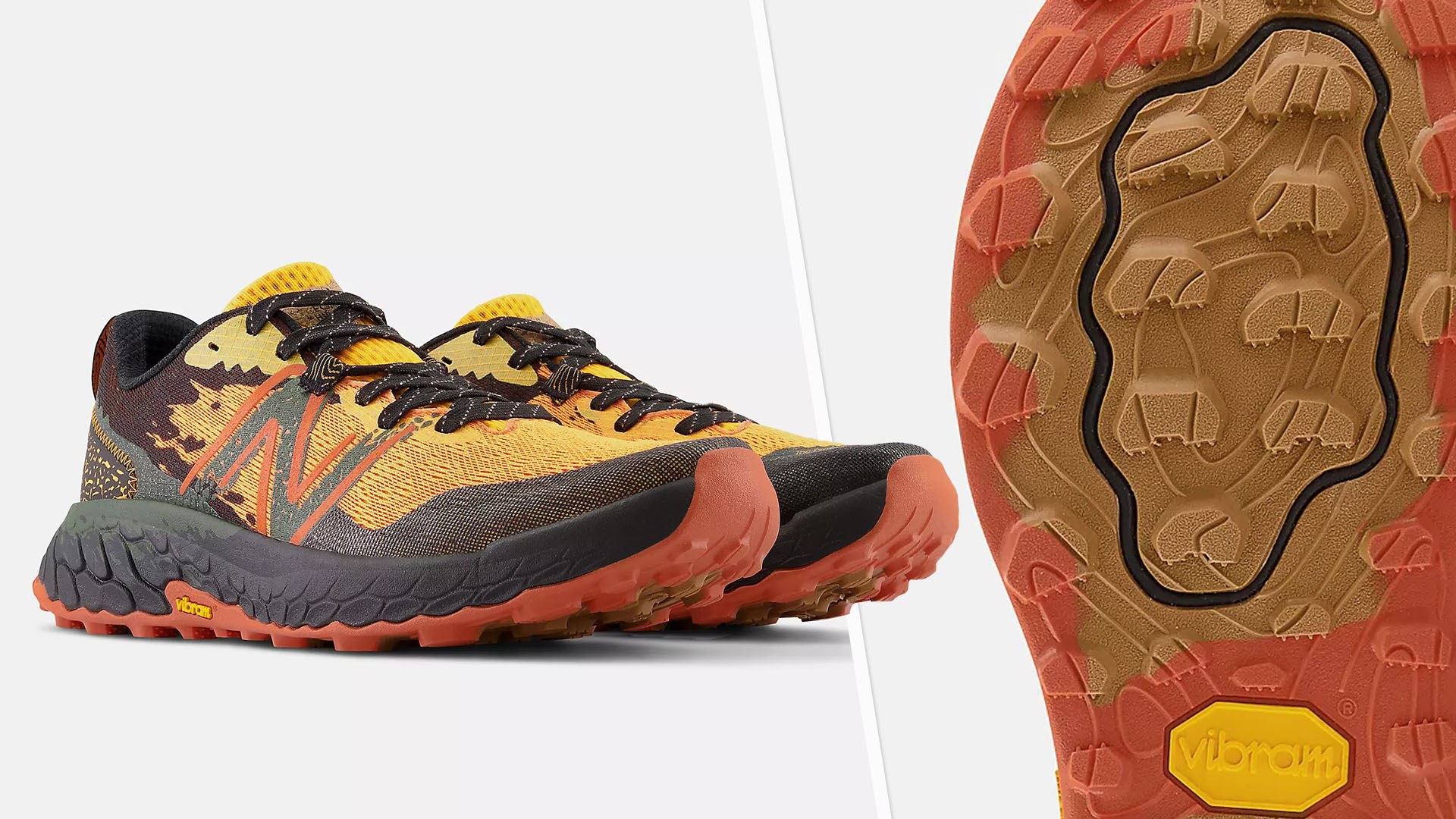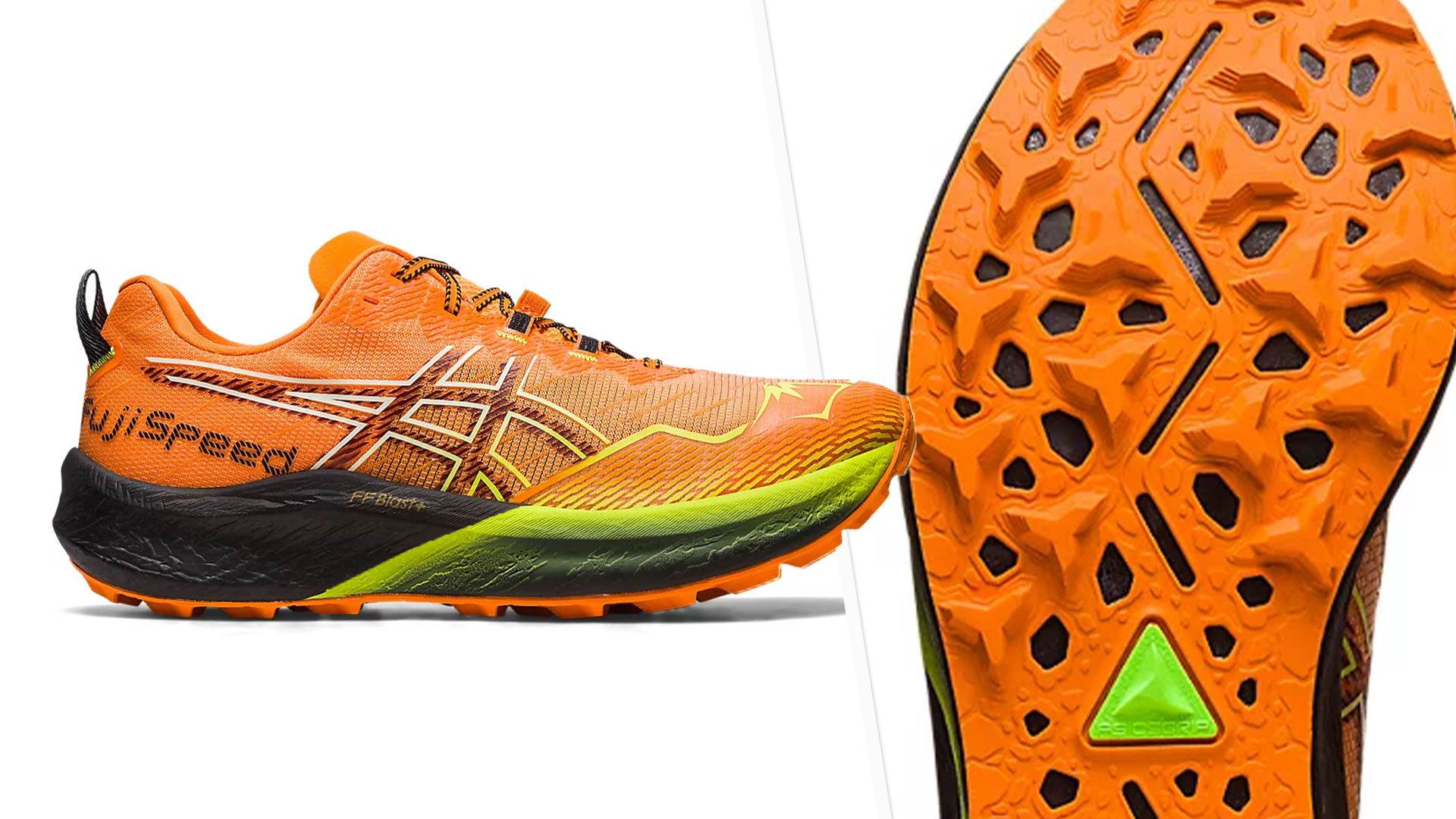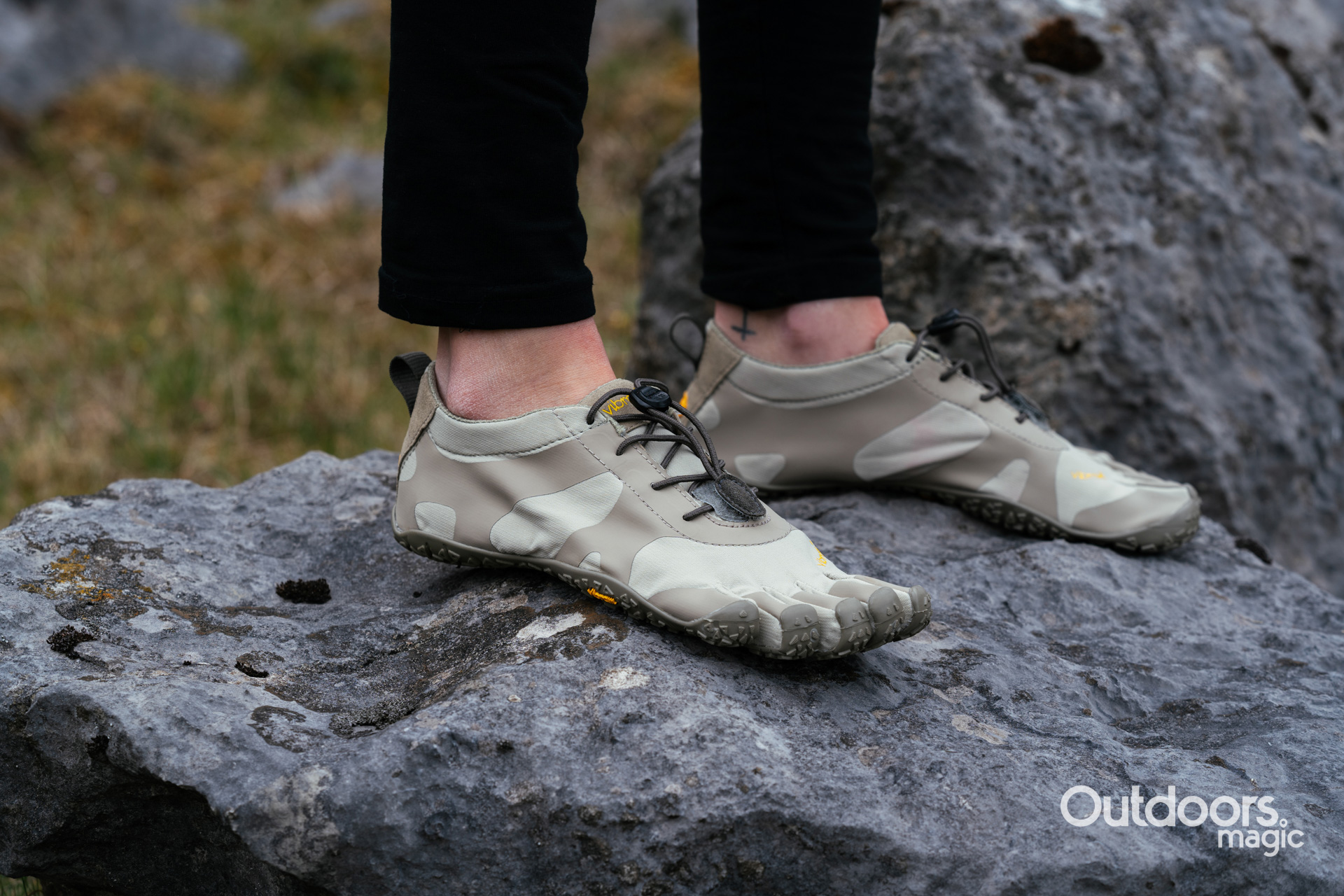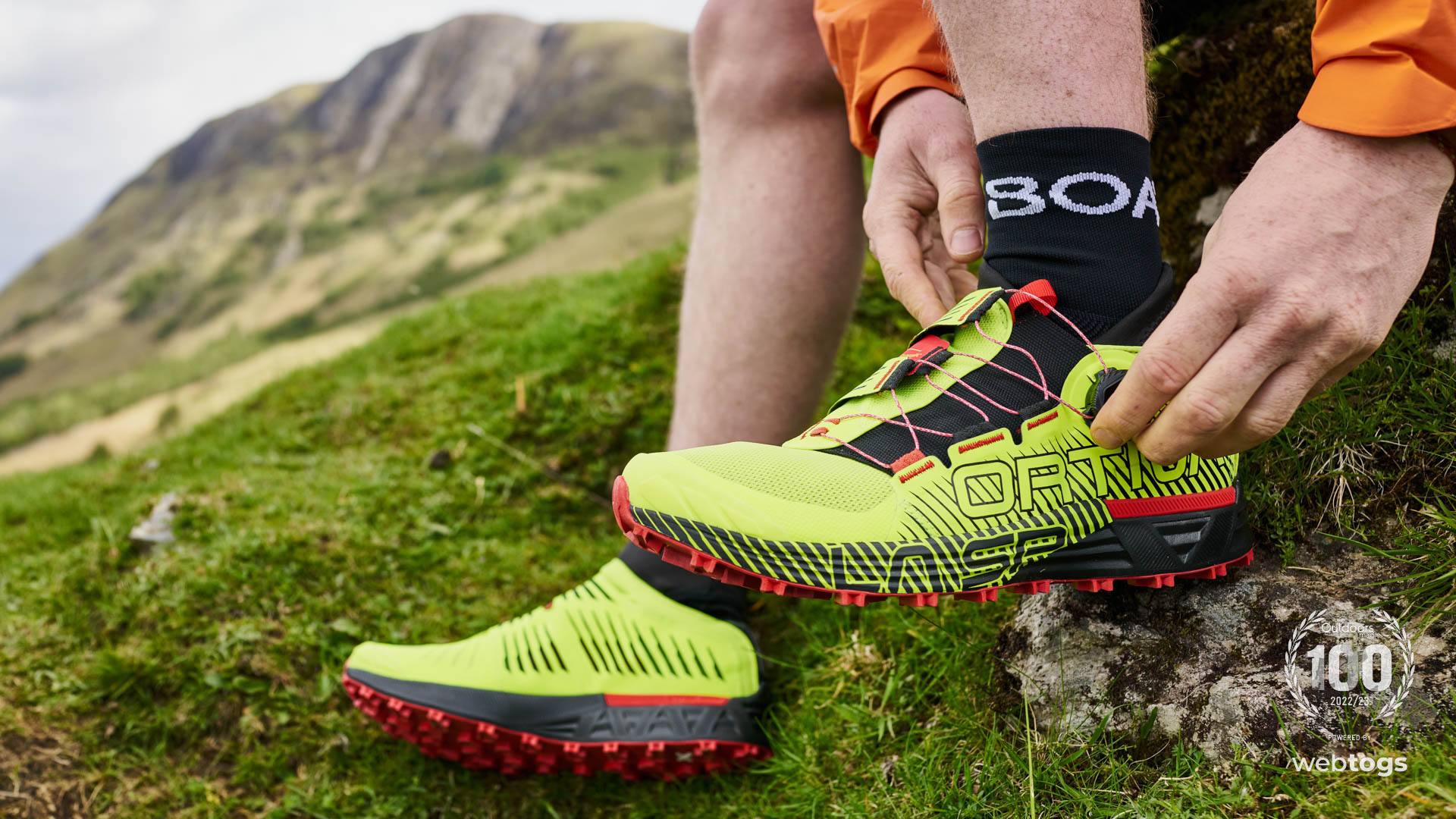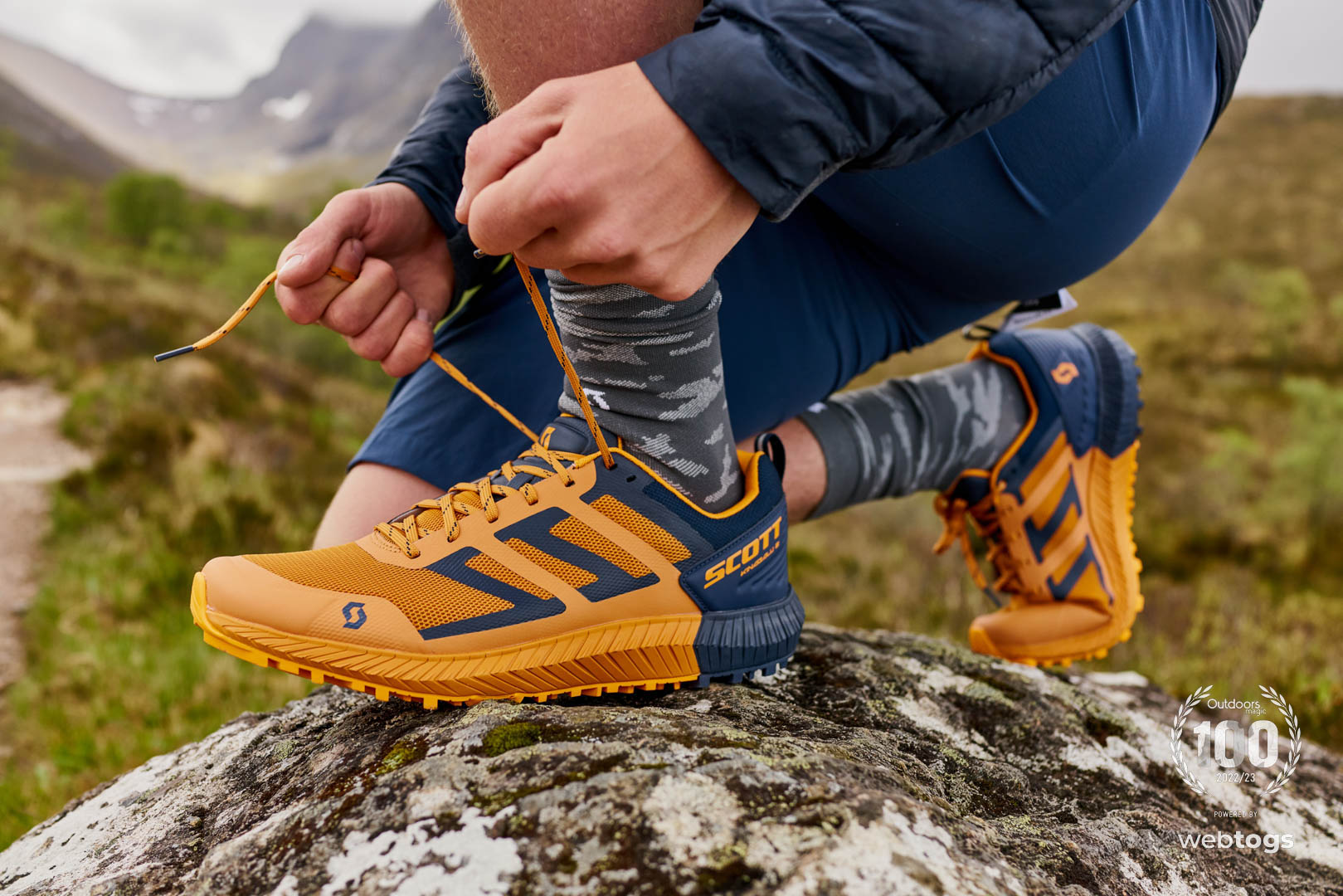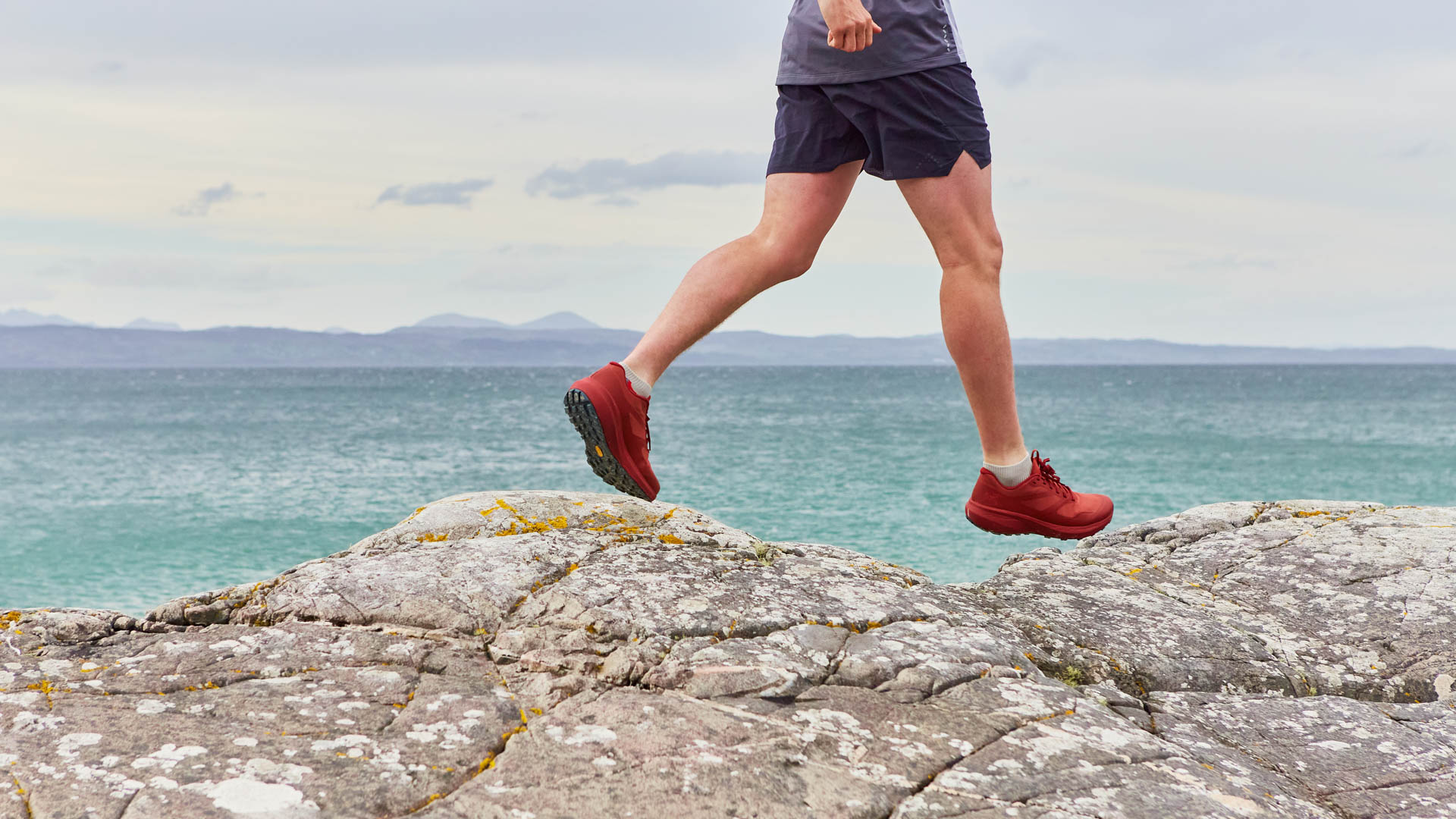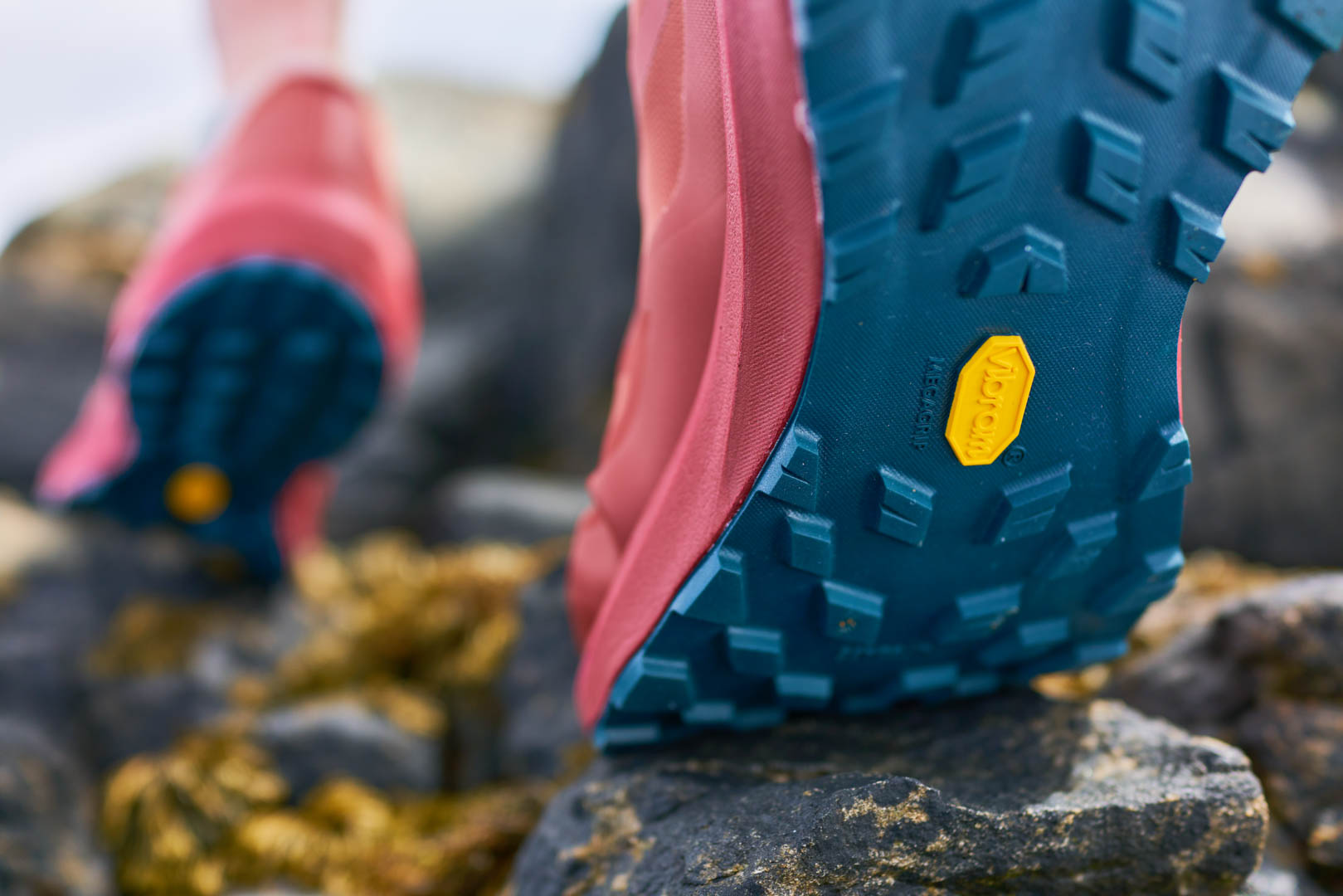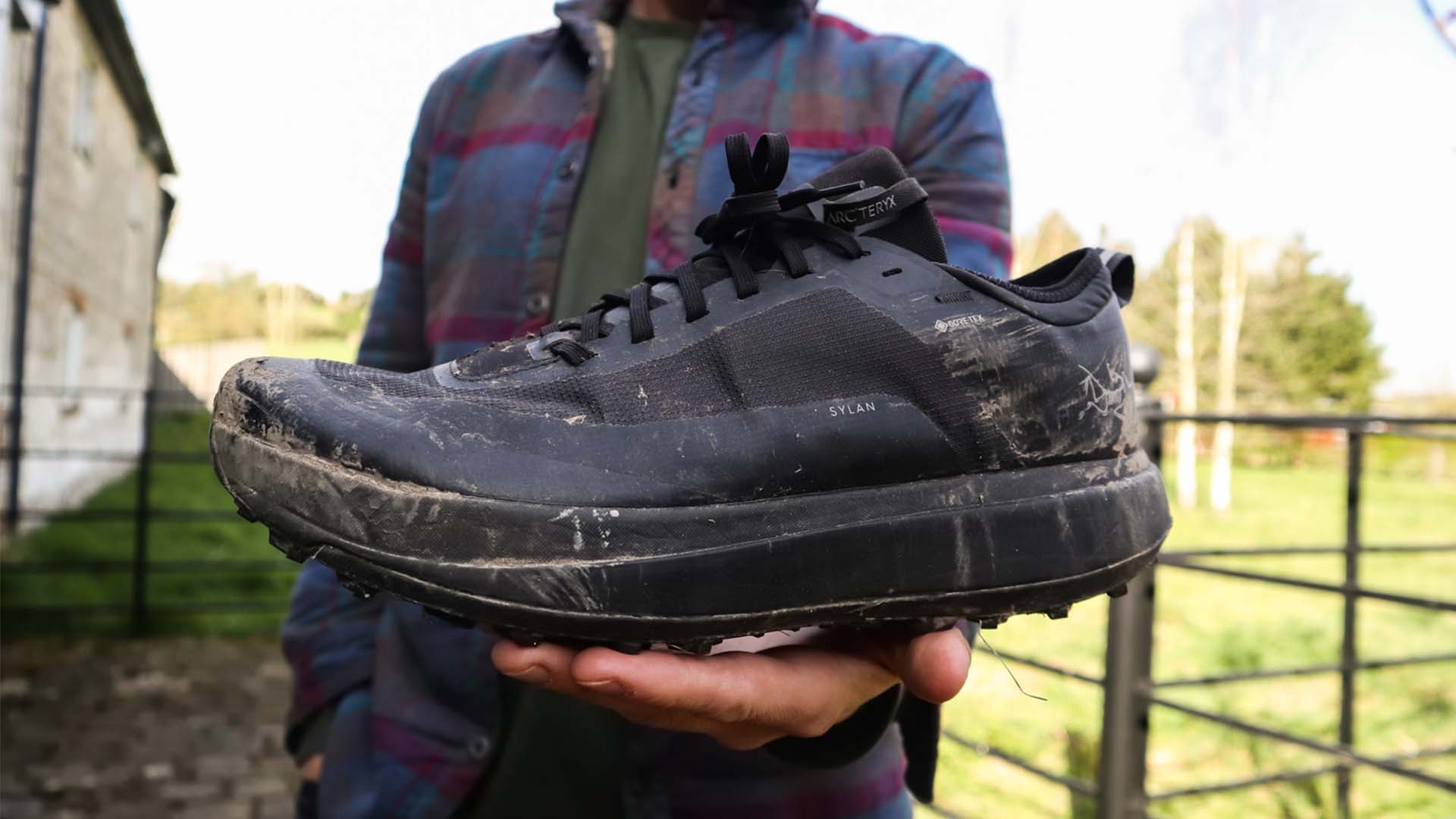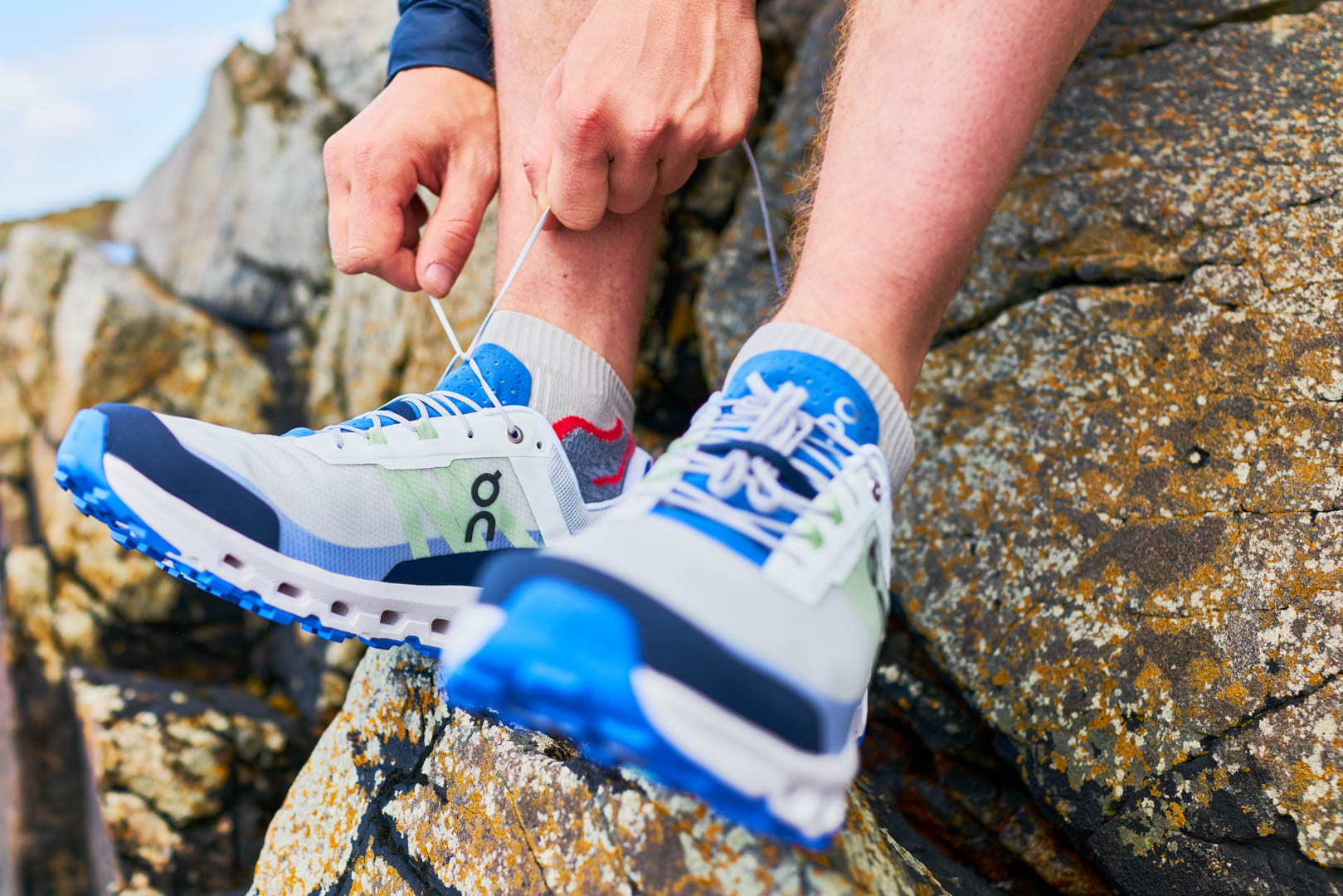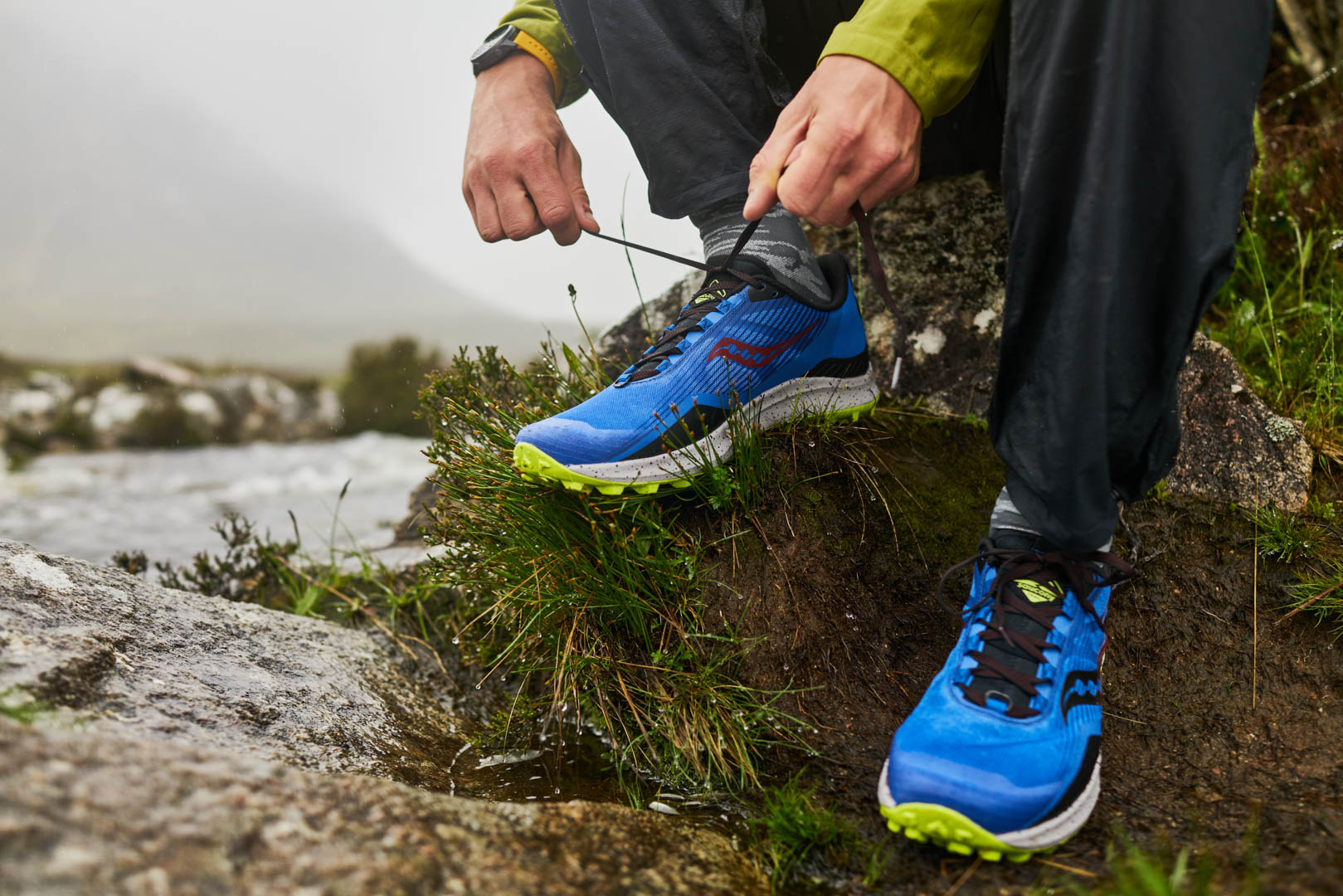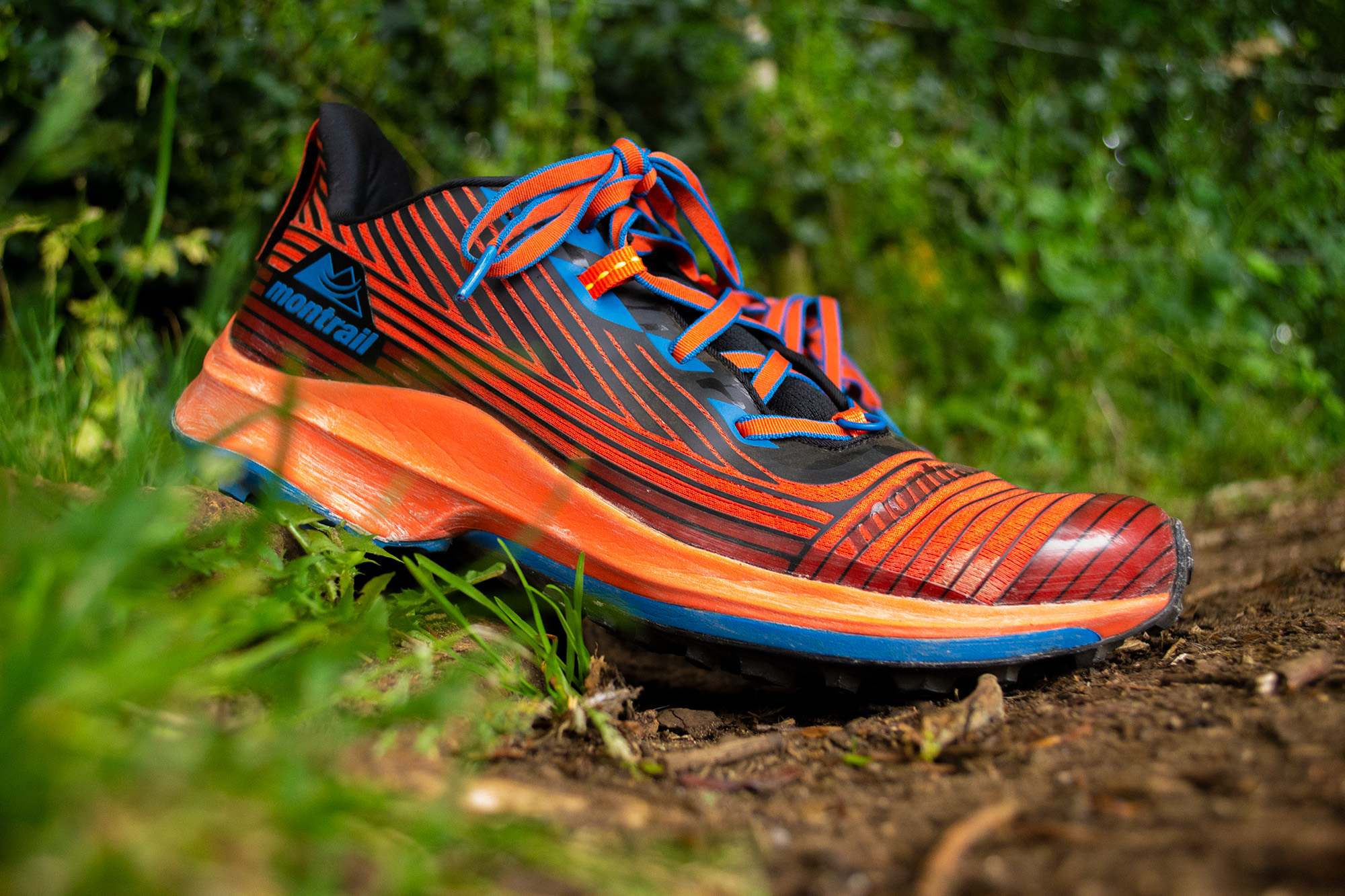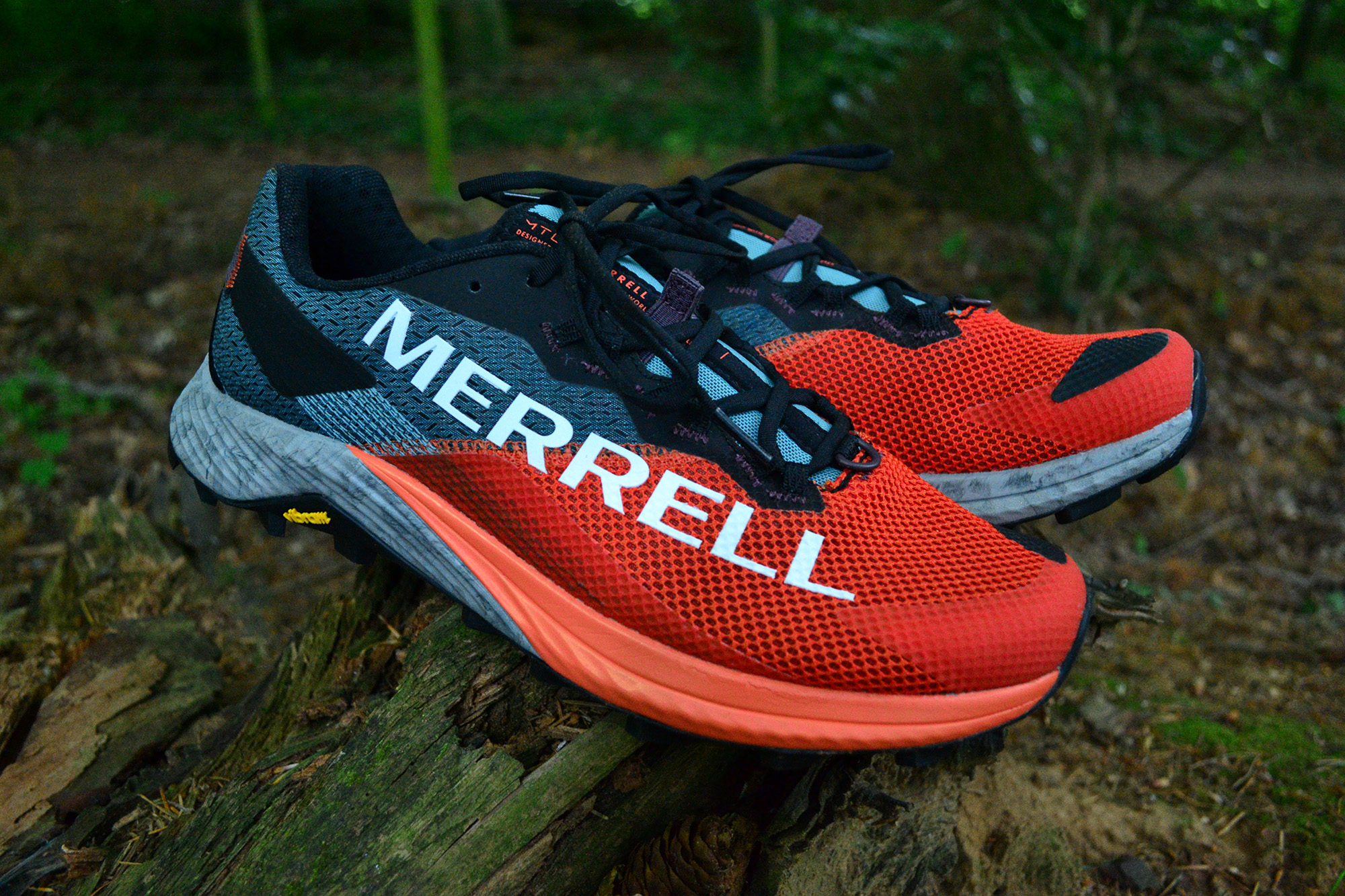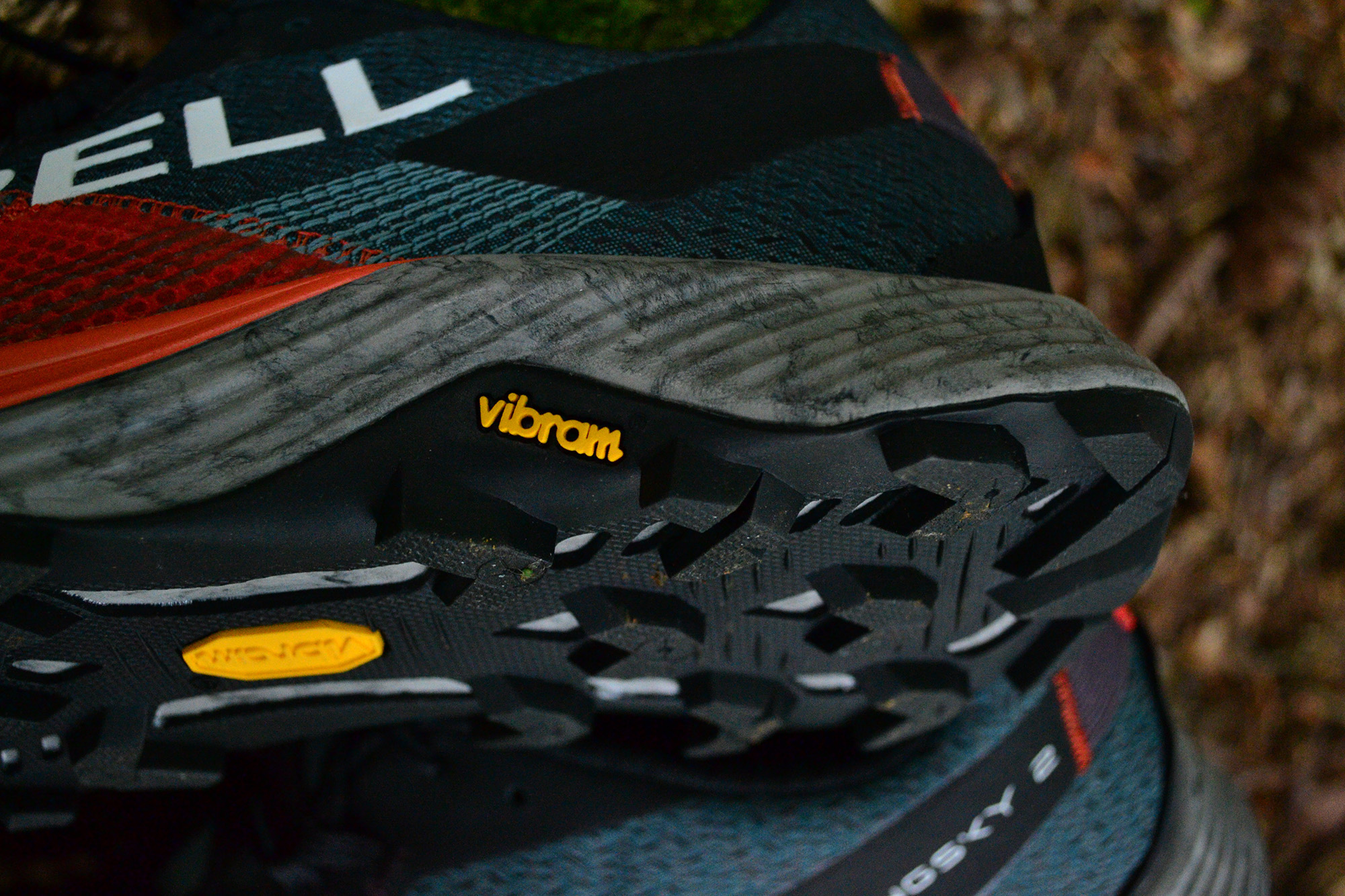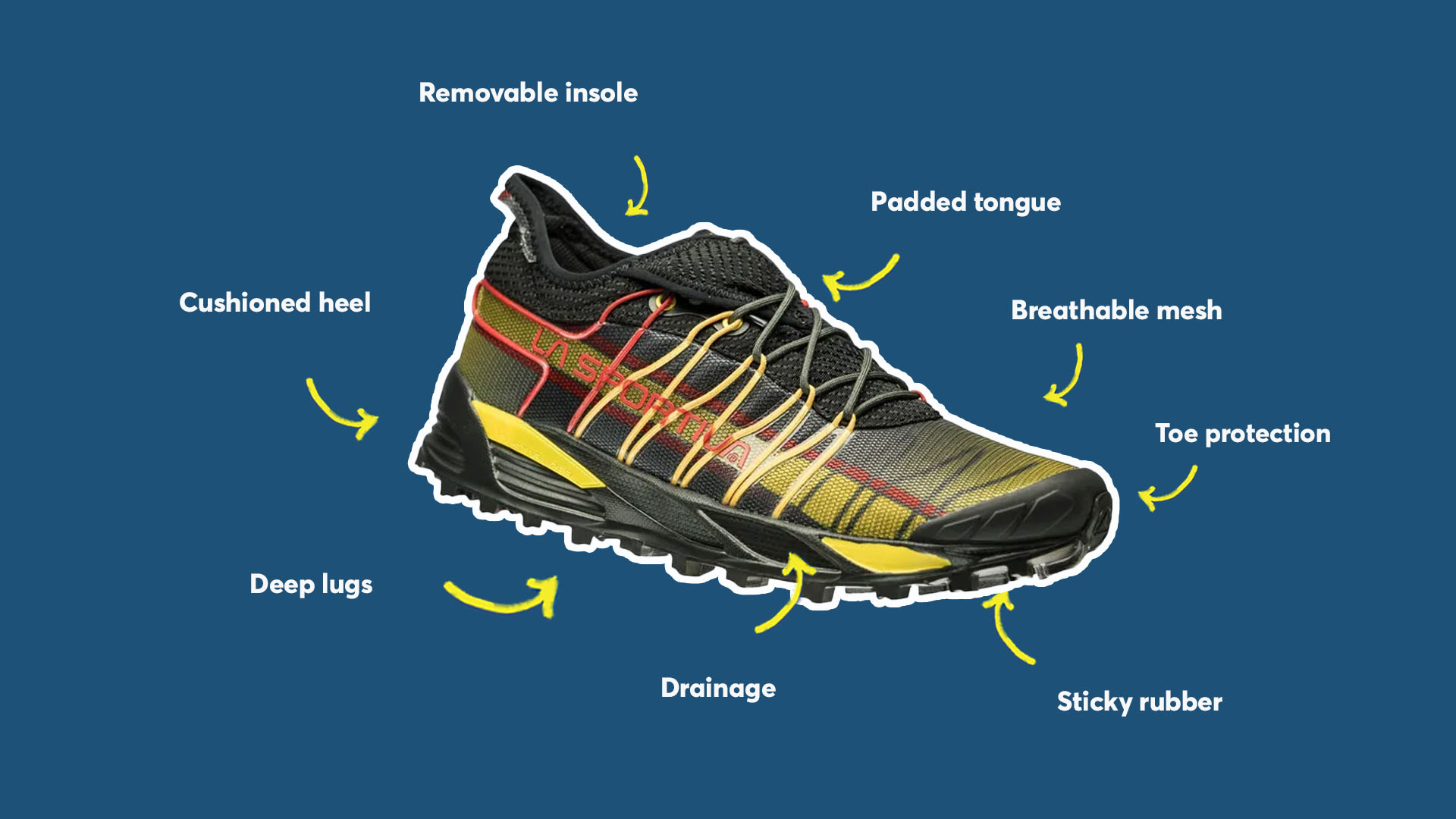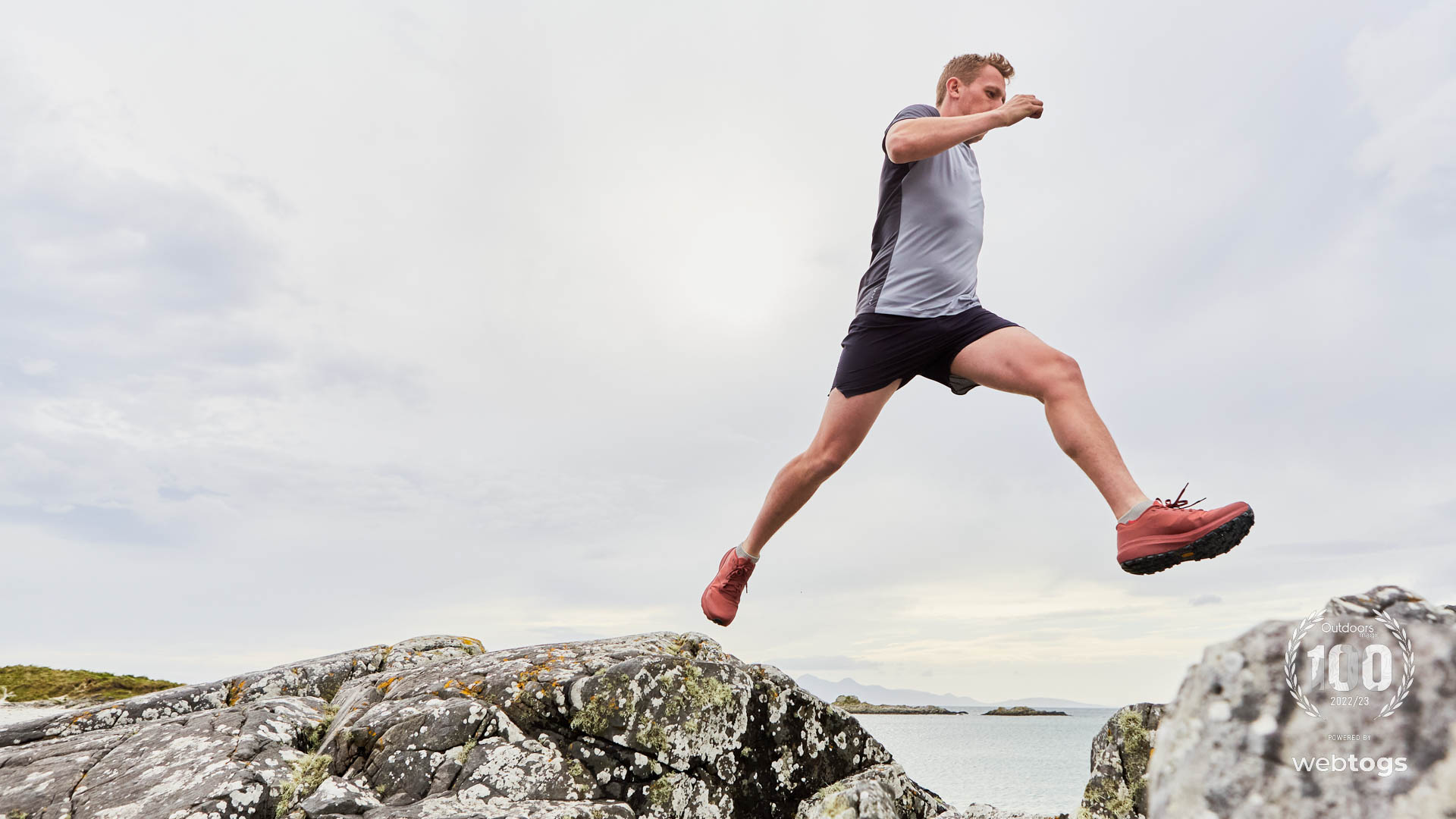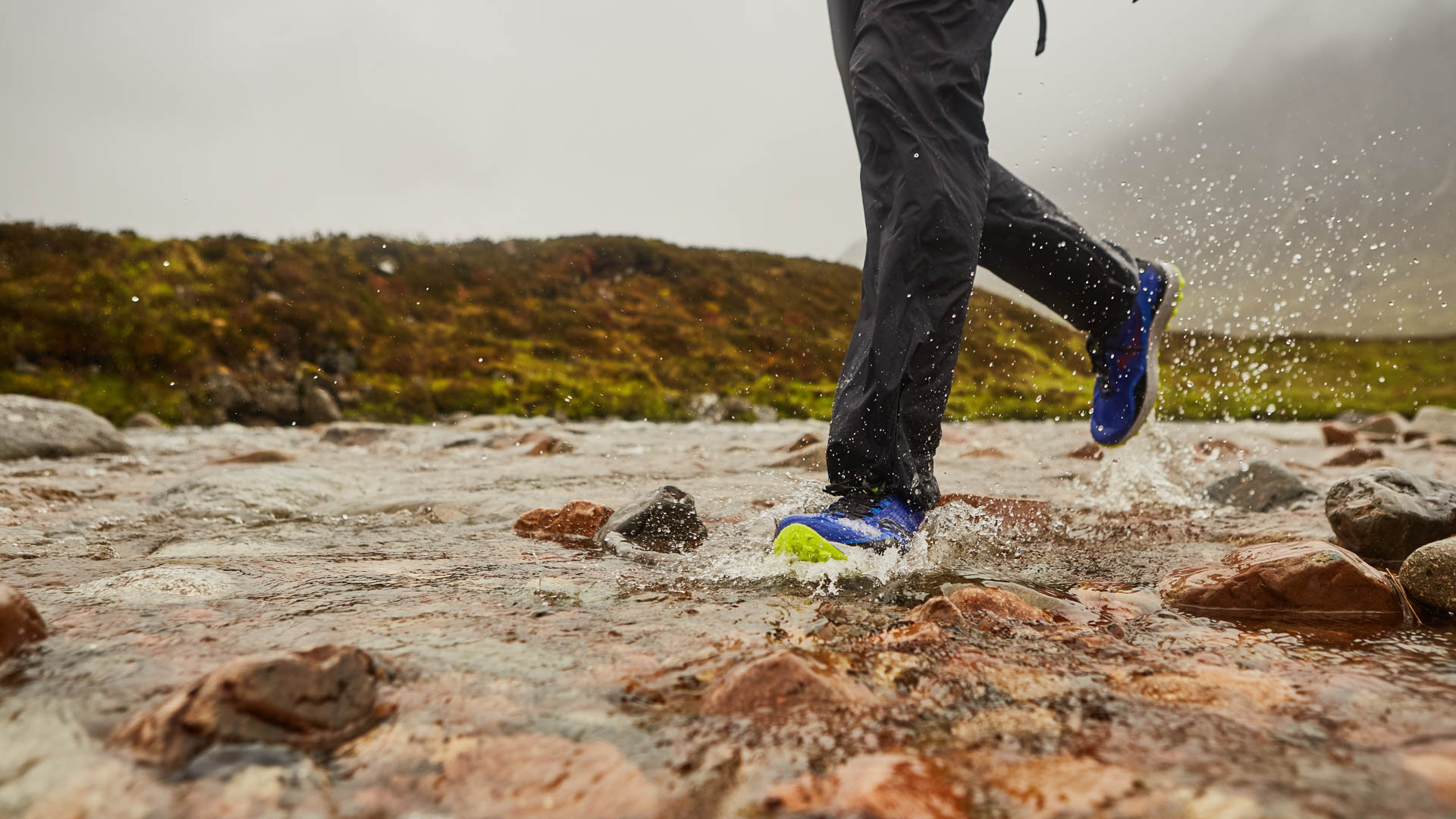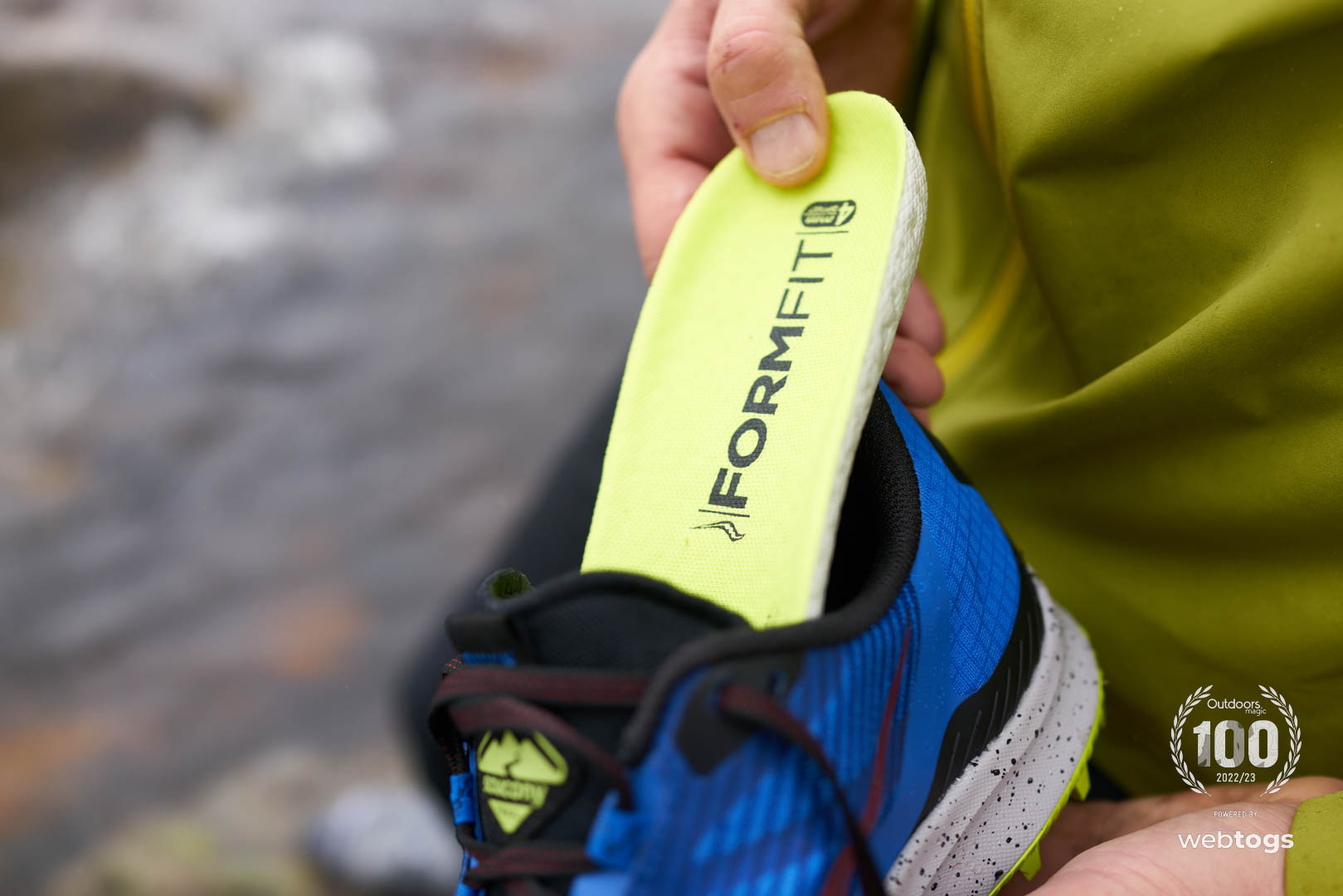For trail running, particularly in the mountains, it’s essential to have something on your feet that will help you feel confident enough to take that muddy corner quickly, to skip down a wet, rocky path, climb scree and jump logs. There are a lot of different options out there, however, and finding the right pair that can handle such a variety of conditions can be quite tricky. For this reason, we’ve compiled our selection of the best trail running shoes for 2024 along with a buyer’s guide to help you make the right shoe choice for your needs.
The Best Trail Running Shoes of 2024
In this test of a surprisingly diverse range of off-road running footwear, we’ve addressed all of the key areas mentioned above and suggested where each pair will be best placed. They’re all great, but in different ways and we’d recommend them for different uses.
There are three overriding questions to consider when you’re looking to buy a pair of trail shoes: what terrain will you be using them for? What kind of distances will you be running in them? What kind of feel do you like to get from a shoe? In this guide, we’ll help to pin point where each pair sits in regards to each of these criteria – and for more information on why that stuff is important, just jump right down to the bottom of the page or check out our in-depth guide on how to choose trail running shoes.
- Best Overall Trail Running Shoe: La Sportiva Mutant
- Best Trail Running Shoe for Cushioning: New Balance Fresh Foam Hierro V7
- Best Lightweight Trail Running Shoe: Asics Fujispeed 2
- Best Shoe for Running on Very Muddy Trails: La Sportiva Cyklon
- Best Barefoot-style Trail Running Shoe: Vibram Five Fingers
The Expert
I’m the editor of this site and I’ve been reviewing outdoor gear for our 10 years now. In that time, I’ve served as a judge for the Scandinavian Outdoor Award, ISPO Awards and in the OIA Awards and I’ve also done a lot of running. Two years ago I set a 500-mile FKT and I’ve run in various ultras around the world. I even once took part in the famous Man versus Horse race in mid Wales. No prizes for guessing who came out tops in that.
How We Tested Them
With the help of our Test Team, we’ve made sure all of the trail running shoes in this round up have been properly tested out in the environments they were made for. We haven’t just taken these for quick runs around the local dog walking field. No, we’ve made sure they’ve been used in real mountain environments – whether that’s through the bogs of Rannoch Moor in the Scottish Highlands, on hard-packed trails over high fells in the Lake District and even while setting FKTs on multi-day fastpacking adventures. In case of interest, we’ve also conducted similar tests to find the best running shorts and best running socks too. If you’d like to discover some new brands beyond some of the mainstream ones featured here, you might like our guide to the best new and boutique running brands.
La Sportiva Mutant

Price: £155
Weight: 320g
Best for: Rocky and muddy trails, medium-length distance
Key attributes: Sturdy, grippy, comfortable
Performance: 10/10
Value: 8/10
Not so long ago, we conducted a test to find the grippiest trail running shoes and it was the La Sportiva Mutant that came out on top. Not only was it the best product when it came to grip on different terrain but it also impressed us for its all-round offering. Quite simply, it is the best trail running shoe we’ve used in recent years.
Aside from the grip, one other aspect that stood out to us during our tests was the fit and feel of the upper. It’s unique design creates a very comfortable, secure and wrapping fit that fills you with a lot of confidence. The Mutant also strikes an excellent balance between durability, cushioning and weight. It feels light and fast but it also feels hardy and protective.
La Sportiva have made this specifically for mountain running but, from our experience, it’s the kind of shoe that has the versatility for all kinds of trail running.
Stack height: 26mm/16mm / Drop: 10mm / Lugs: 5mm
| BUY NOW: ELLIS-BRIGHAM.COM |

